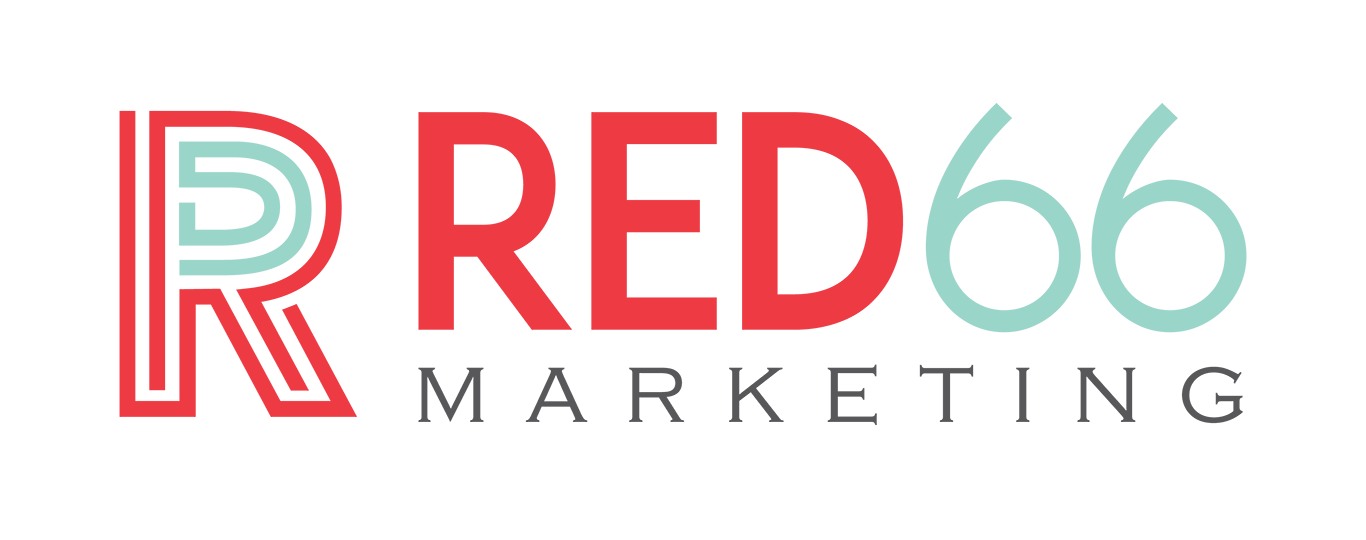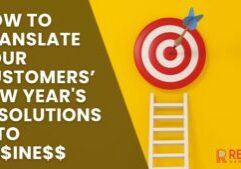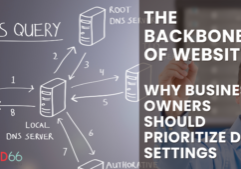The 5 Components of SEO That Never Change
There are approximately 5 components of SEO that always stay the same, despite Google algorithm updates and trends. Knowing and understanding these concepts is crucial to the success of your online presence.
But first, it’s important to understand exactly what SEO is.
What is SEO?
SEO stands for “search engine optimization.” Simply put, SEO enhances your online presence through search engines, like Google, Bing or Yahoo!, where potential customers/clients search keywords related to your business.
For instance, if you’re a uniform supplier, you would need to optimize your website and its content for keywords related to your business, such as “uniform rental service” or more specific, like “food processing uniform rental.”
These keywords will help guide your online marketing strategy and ultimately, lead to higher search engine rankings and conversion rates when done right.
Below, we outline the 5 components of SEO in detail. Once you nail these components down, you’ll steadily see an increase in quality website traffic and leads.
Want to start driving better results with your SEO strategy? Contact us online or call us today at (616) 490-1068 to speak with a strategist.
1. Helpful and Informative Content
Starting with a website is the first step in establishing an online presence.
However, it’s not enough just to have a website. Your business’ website must be optimized and crawlable by search engines to see any real results.
Back when SEO first took off in the late 2000s, it was common practice to engage in “keyword stuffing.” This is where websites would load a webpage with keywords or numbers in an attempt to manipulate a site's ranking in a SERP (search engine results page).
Nowadays, search engines have gotten smarter. Inserting ridiculous amounts of keywords on your site will get you labeled as a spammer, and search engine spiders are programmed to ignore websites guilty of keyword stuffing.
This is why it’s essential to be strategic in your keyword research and implementation. Additionally, this is why helpful, informative and well-structured content always prevails in SEO. “Readability” is a factor of your SEO score, which rates your content on how clear it is to your target audience.
This goes for all owned content, such as blogs, videos, podcasts, downloadable one-sheets, and more.
2. Meta Description and SEO Title
Despite what the name implies, meta descriptions are pretty simple. A meta description is the information about your webpage that appears in the SERP below the title/URL of your page.
An SEO title is the title of your page that appears in search results. An example of both can be found below:

When your meta description is compelling yet concise with a clear “call-to-action” (CTA) at the end, it can raise the click-through rate of your organic search results.
That means more of the people who see your page in their SERP will actually click through and land on your site. Even if your ranking doesn’t change, you can expect more traffic to your website.
The same goes for SEO titles. SEO titles should have the target keyword at the beginning and end up being no more than 60 characters. Additionally, they should be catchy and easy-to-read, and therefore find the sweet spot between SEO and readability.
Want to start driving better results with your SEO strategy? Contact us online or call us today at (616) 490-1068 to speak with a strategist.
3. Internal Links Integration, External Link Building and Backlinks
How many times have you read a blog that had hyperlinks to other relevant blogs on the blog’s website? More likely than not, you clicked on these to expand your reading.
Internal Links
Internal links are hyperlinks that point to other pages on the same website. They help search engines understand the most important pages on your website.
Additionally, search engines consider pages with lots of relevant internal links to be more valuable than those with fewer links. Internal link integration is a simple way to improve traffic and time spent on your website.
External Links
On the other hand, external links are hyperlinks that point to web pages outside of your domain. At first glance, using external links seems counterintuitive. “Why would I link to websites other than my own?”
The answer is this: providing your readers with outside references enhances your website’s authority and credibility, which search engines use to determine the quality of your content.
Backlinks
In the SEO world, backlinks are when another website links back to your website. The quality of a backlink depends on the online reputation and authority score of the original website.
Backlinks are important because they signal to Google that other websites find your content valuable. To achieve this, you need to develop a backlink portfolio.
While this takes time (and continuous outreach), this is an extremely important factor of your linking strategy for SEO.
Want to start driving better results with your SEO strategy? Contact us online or call us today at (616) 490-1068 to speak with a strategist.
4. Google My Business/Reviews
Location-based SEO, also known as local SEO, is the process of optimizing your website to appear for your target location. Search engines, specifically Google, are getting better at displaying location-based search results on more generic search inquiries.
Think of how many times you searched “restaurants near me” for dinner suggestions. Google knows to display results according to your location.
This does, however, have its limitations. For example, Google will return mostly national results for search terms such as “marketing agency.”
This is why it’s important to target location-specific keywords, such as ones that target your:
- City
- State
- General Area
For instance, for your insurance company located in Battle Creek, Mich., you can create content optimized for keywords such as “Battle Creek insurance company” or “insurance agent in Battle Creek.”
Additionally, Google My Business (GMB) is a free, easy tool for businesses to manage their Google presence, including on Search and Maps.
To optimize your GMB profile, make sure the following is accurate:
- Your business hours
- Contact information
- Location(s)
- Area(s) your business serves
- Your service and/or product offerings
This is a simple and powerful way to optimize your local online presence while avoiding falling into the “keyword stuffing” trap.
Want to start driving better results with your SEO strategy? Contact us online or call us today at (616) 490-1068 to speak with a strategist.
5. User Experience
In recent years, SEO has also taken the user experience (UX) into consideration. When a website is slow, laggy and has tons of ads pop-up, Google will consider this to be spammy and therefore, lower your authority score.
Simply put; if your website provides a poor user experience, it likely won’t rank in the top 10 of search results.
UX will remain important to SEO, because it helps searchers find (and remain) on your website, converts traffic into real leads, and leads to repeat customers!
5 Components of SEO That Never Go Out of Style
When you implement your SEO strategy with these 5 SEO components in mind, you will certainly see a steady increase in both your conversions and website traffic.
While search engine marketing (SEM, also known as “paid advertising”) is important, the foundations of solid organic SEO are just as, if not, more important, and will likely remain that way for years to come.
Want to start driving better results with your SEO strategy? Contact us online or call us today at (616) 490-1068 to speak with a strategist.










